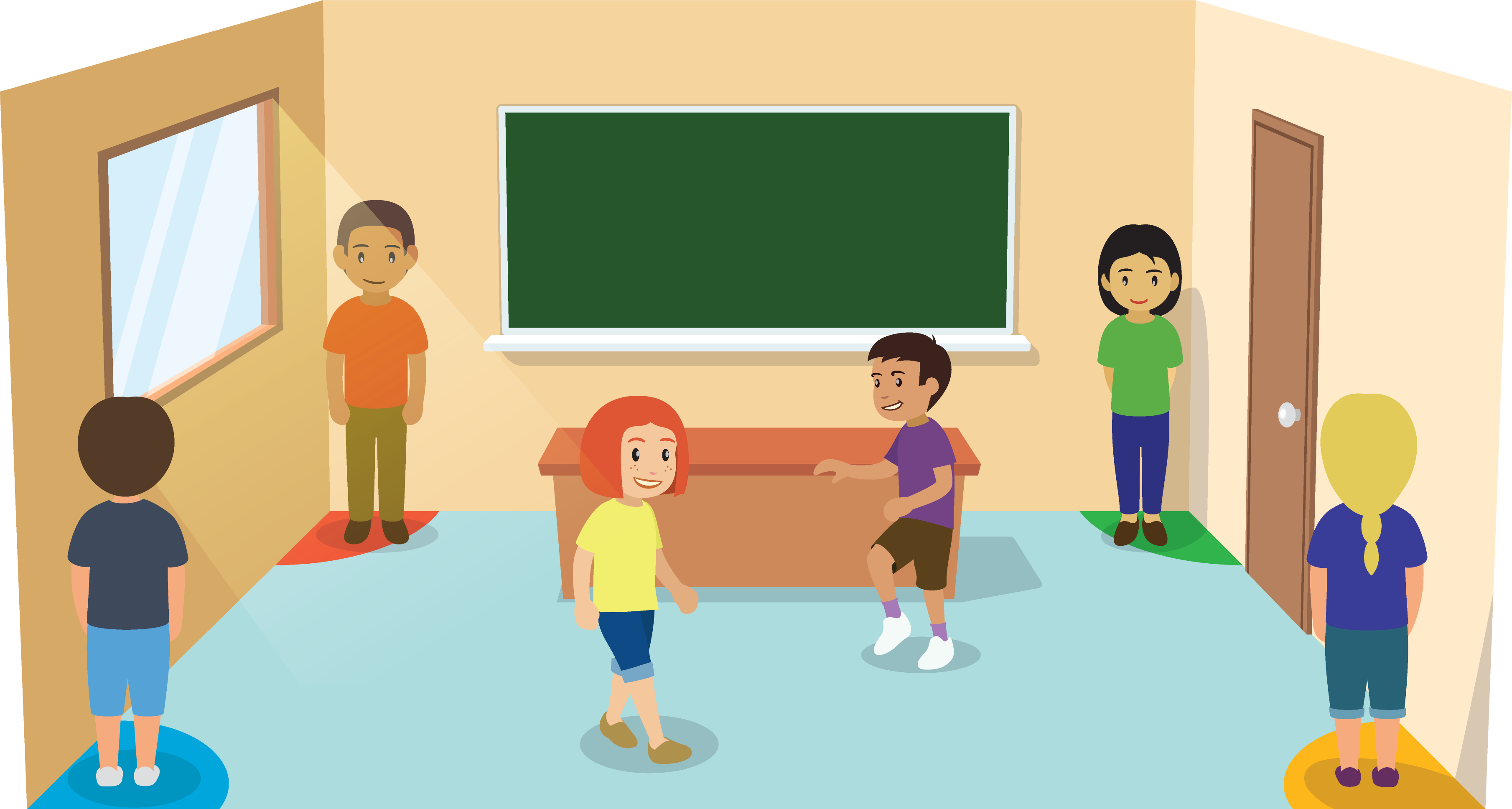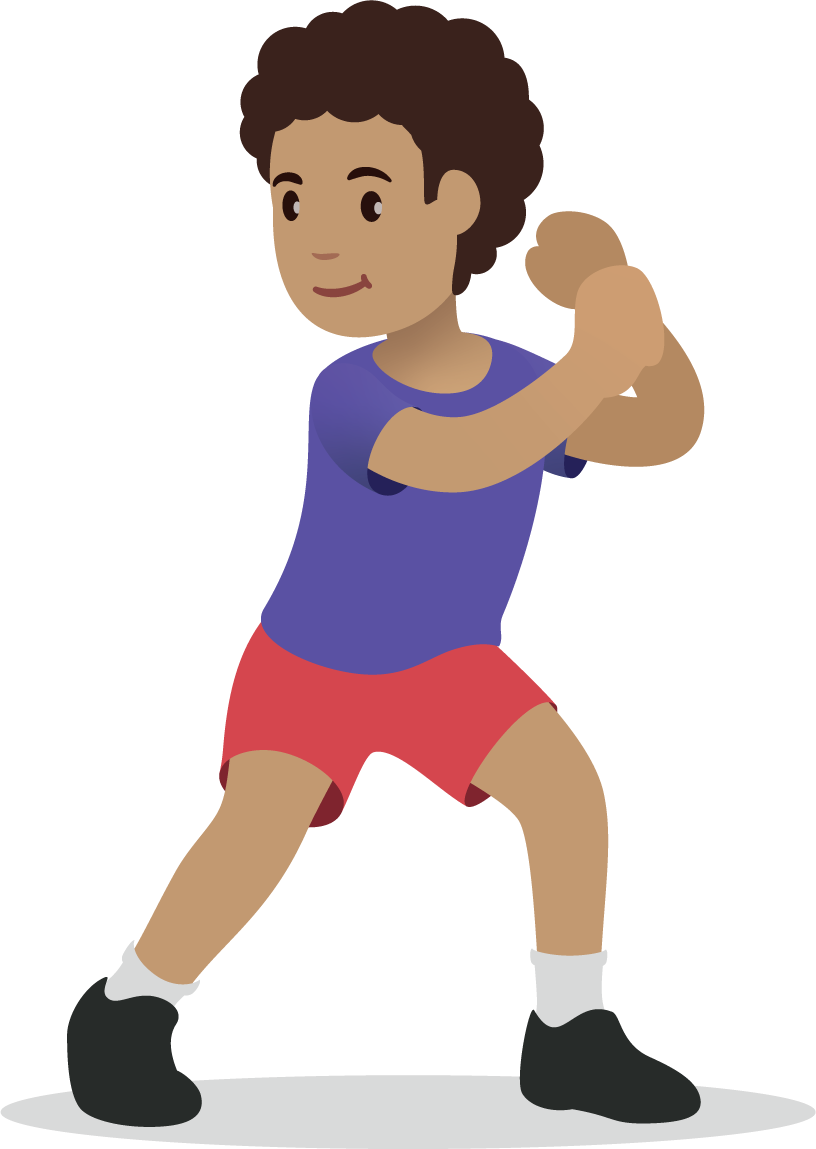Lesson 17
How Do the Stories Compare?
Warm-up: Which One Doesn’t Belong: Equations (10 minutes)
Narrative
Launch
- Groups of 2
- Display the image.
- “Pick one that doesn’t belong. Be ready to share why it doesn’t belong.”
- 1 minute: quiet think time
Activity
- “Discuss your thinking with your partner.”
- 2–3 minutes: partner discussion
- Record responses.
Student Facing
Which one doesn’t belong?
- \(6 + 4 = 10\)
- \(10 - 4 = 6\)
- \(2 + 2 + 2 = 6\)
- \(6 = 2 + 4\)
Student Response
For access, consult one of our IM Certified Partners.
Activity Synthesis
- Display equations A and B.
- “How are the equations the same? How are they different?” (They are related facts. They both have a total of 10 and 6 and 4 as parts. One is addition and one is subtraction.)
Activity 1: Compare Stories (20 minutes)
Narrative
The purpose of this activity is for students to compare different story problems to determine how they are the same and different. The stories being compared represent problem types students have worked with in previous lessons, specifically:
- Add to, Change Unknown and Put Together, Addend Unknown
- Take From, Result Unknown and Take Apart, Addend Unknown
As students discuss the similarities of the story problems, they may notice the structures of the problems are connected, the same operations can be used to solve the problems, or that the answer is in the same place in the equation.
During the synthesis, students discuss a Put Together, Both Addends Unknown problem and consider how the structure of the problem is different from the others.
Advances: Conversing, Speaking
Launch
- Groups of 2
- "Think about games you like to play when we have free time at school. They can be indoor or outdoor games."
- 30 seconds: quiet think time
- Share responses and record in two categories, indoor games and outdoor games.
Activity
- “You and your partner are going to read two pairs of story problems about games students play at school. You are going to think about how the pairs of story problems are the same and different.”
- Read the first two story problems to the class.
- 1 minute: quiet think time
- “Talk to your partner about how the two problems are the same and different.”
- 4 minutes: partner discussion
- Share responses.
- Repeat with the next two problems.
Student Facing
-
Compare these stories about playing 4 corners.

There are 6 students playing 4 corners.
Some more students come to play.
Now there are 9 students playing 4 corners.
How many students came to play?9 students are playing 4 corners.
7 students are waiting in a corner.
The other students are still deciding which corner to pick.
How many students are still deciding which corner to pick?- How are these problems alike?
-
How are they different?
Be prepared to share your thinking.
-
Compare these stories about playing charades.


There were 9 students playing charades.
6 students leave to play something different.
How many students are playing charades now?9 students are playing charades.
5 students are on Team A.
The rest of the students are on Team B.
How many students are on Team B?- How are these problems alike?
-
How are they different?
Be prepared to share your thinking.
Student Response
For access, consult one of our IM Certified Partners.
Activity Synthesis
- Display “9 students are playing charades. Some students act out sports and some act out animals. How many students act out sports? How many act out animals?”
- “How is this problem the same as the others? How is it different?” (It still has 9 as the total. This time, you don’t know either part.)
Activity 2: Outdoor Games (20 minutes)
Narrative
The purpose of this activity is for students to solve a story problem and write an equation to match it. Students are divided into nine groups and each group gets one of the story problem cards from the blackline master. Students individually solve the story problem and write an equation to match it before creating a poster with their group. During the synthesis, students explain how the equations match the story problem. When students recognize that the numbers in the equations represent specific quantities in the story problems, they reason abstractly and quantitatively (MP2).
Supports accessibility for: Organization, Conceptual Processing
Required Materials
Materials to Gather
Materials to Copy
- Story Problem Cards Grade 1
Required Preparation
- Create one set of Story Problem Cards from the blackline master.
Launch
- Groups of 2–4, so there are 9 groups
- Give each group tools for creating a visual display and one of the story problems.
Activity
- "Now we will solve some problems about games students play outdoors."
- “Read your problem with your partner or group. Then solve the problem on your own. Show your thinking using drawings, numbers, or words. Write an equation to match the story problem.”
- 4 minutes: independent work time
- “Work with your partner or group to agree on the answer to the story problem and make a display of your work. If you showed your thinking in different ways, include them all on the poster.”
- 6 minutes: small-group work time
- Monitor for 2–3 posters in which the representation is clear, labeled, and has accurate equations.
Student Facing
Show your thinking using drawings, numbers, or words.
Equation: ________________________________
Student Response
For access, consult one of our IM Certified Partners.
Activity Synthesis
- Display previously identified posters.
- “How does the equation each group wrote match the story problem?”
Lesson Synthesis
Lesson Synthesis
Display and read problem G.
9 students are jumping Double Dutch.
4 students are jumping rope by themselves.
How many fewer students are jumping rope on their own than playing Double Dutch?
Write \(9 - 4 = \boxed{{5}}\) and \(\boxed{{5}} + 4 = 9\).
“Today we used different equations to represent story problems. How do each of these equations match this problem?”
Cool-down: Unit 2, Section D Checkpoint (0 minutes)
Cool-Down
For access, consult one of our IM Certified Partners.